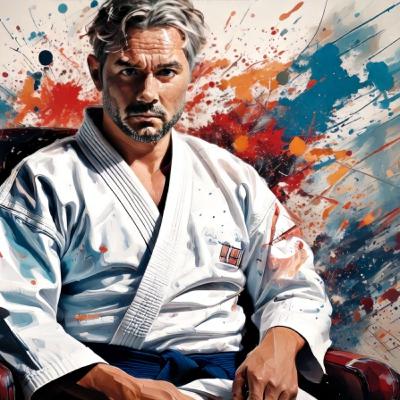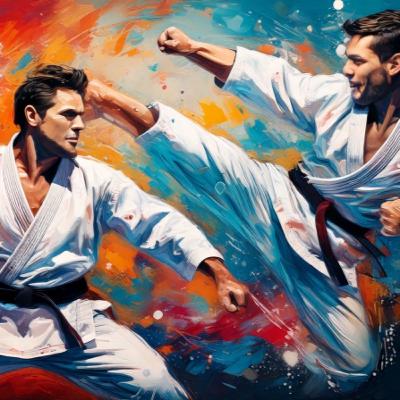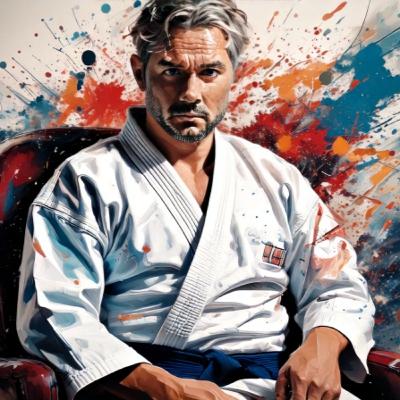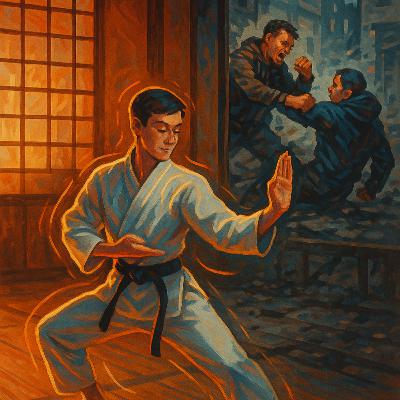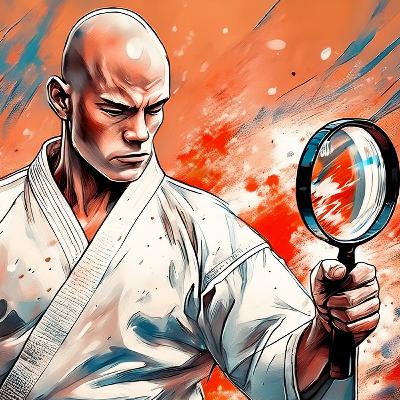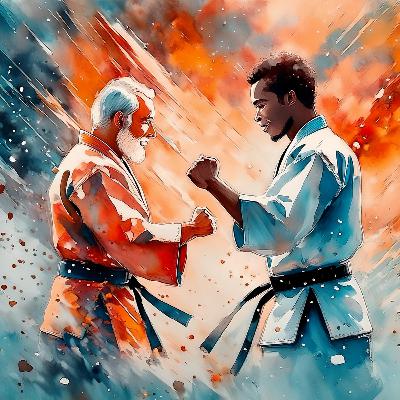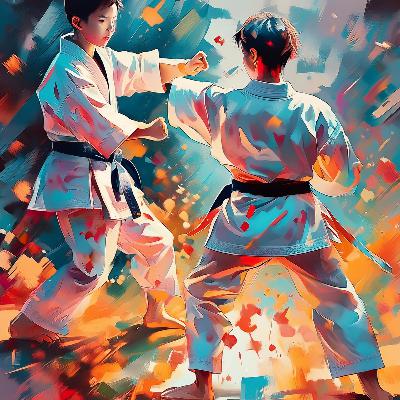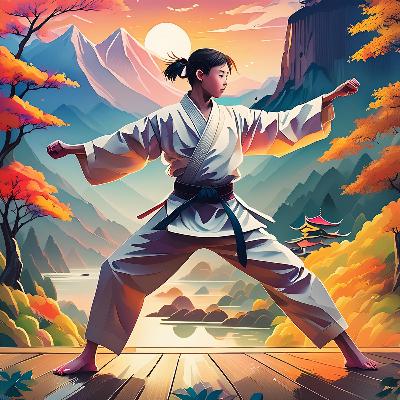What’s NOT in the Kata (And Why It Matters)
Description
In this episode of Great Karate Myths, we dive into the aspects of martial arts that are intentionally left out of the traditional kata. We challenge the common misconceptions that kata are a "complete" system of unarmed combat or a choreographed fight against multiple opponents. We discuss why foundational elements like spitting, headbutting, and ground grappling are omitted and explore the idea that kata are meant to be a simple framework for developing spontaneous and creative skills. Using analogies from music and writing, we argue that the purpose of kata is to provide a limited, fundamental skill set that allows for improvisation, rather than a rigid set of pre-determined responses to every situation.
Key Takeaways/Highlights
Kata are not a "complete" system of unarmed fighting, as such a concept is impossible to define or record.
Kata are not choreographed fights against multiple opponents, a major misconception promoted by organizations like the Japan Karate Association in the 20th century.
Kata deliberately leave out certain violent techniques and skills, such as spitting, headbutting, eye gouging, and grappling.
The movements in kata are intended to be simple, foundational techniques that can be committed to muscle memory, allowing for creativity and improvisation in real-world situations.
Skills like closing the distance to an opponent are not included in kata because they must be developed through practical, real-world experience, not a pre-scripted form.


